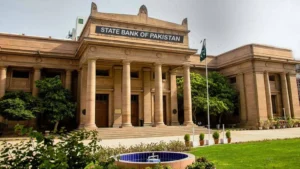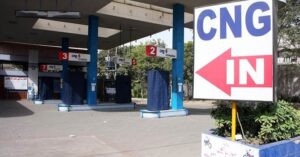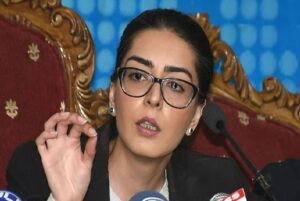Petroleum Prices in Pakistan Set to Increase: Economic and Social Implications

As Pakistan braces for another surge in fuel prices from October 16, 2024, the anticipated changes will increase the burden on the ever-dwindling middle class of Pakistan. The projected hike, driven by a rise in international crude oil prices and domestic adjustments, is expected to overshadow the recent relief provided by the government on October 1. Petrol is projected to rise by approximately Rs. 5.50 per liter, while high-speed diesel (HSD) may see a more substantial jump of Rs. 13 per liter. The new rates would bring petrol to Rs. 254 and HSD to Rs. 262 per liter, marking the end of two months of relative stability in fuel pricing.
The global energy market has seen crude oil rising from $76 to around $79 per barrel while diesel prices have also seen a significant rise from $80.5 to $87.5 per barrel, adding pressure on domestic rates. Despite PKR staying steady at around 278 PKR per USD, other factors such as geopolitical tensions in the Middle East, and OPEC reducing their output in a bid to increase prices are pushing up oil prices globally. This interplay between global and local dynamics limits the Shahbaz Sharif government’s ability to shield consumers from price volatility.
Economically, this rise in fuel price will likely have a ripple effect leading to higher transportation costs and production expenses. For Pakistan which continues to face high rural and urban inflation numbers, the rise in fuel prices will have a significant impact on middle and low-income groups. From public transport fares to food supplies, and other daily essentials, everything is expected to become more expensive in the coming days.
The rise in prices still lacks Pakistan’s fiscal obligations under the new International Monetary Fund (IMF) agreement. The government is also expected to increase the current petroleum development levy (PDL), currently Rs. 60 per liter, as part of the conditions in the new IMF loan. PDL itself is expected to increase to Rs. 80 in coming months under the new IMF’s Extended Fund Facility (EFF). The government uses PDL to offset the budget balance and provide the government with some fiscal space. Over Rs. 1.28 trillion is expected to be raised from the possible rise in PDL rates. However, the rise undermines public purchasing power and increases discontent among citizens who are already finding it difficult to cope with this sluggish economic growth.
The price hike shows how Pakistan walks between managing domestic needs and maintaining external fiscal pressures. The coming weeks will bring further challenges for households trying to realign their spending to accommodate higher fuel costs, It will have a cascading effect on daily life.
These developments signal another difficult period for Pakistan which has been going through stagnant economic and political conditions since April 2022. Smart economic reforms and infrastructure spending are needed to restore stability and public confidence amidst fluctuating fuel costs.





